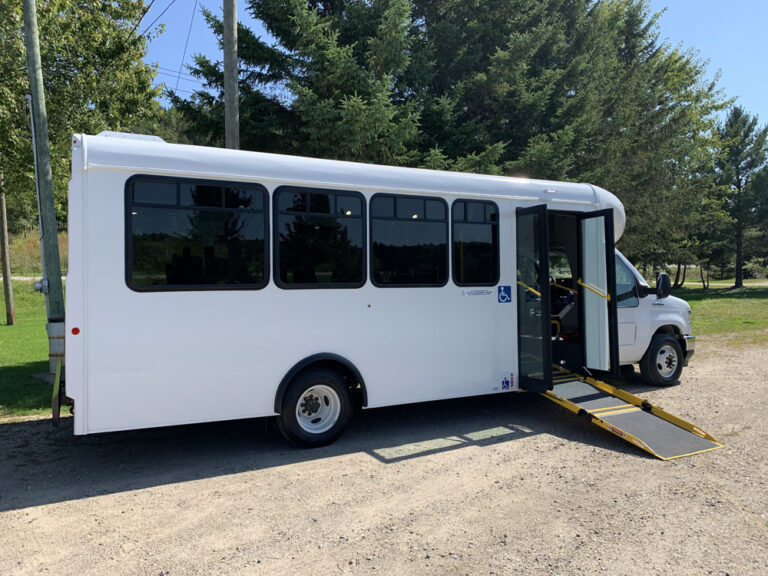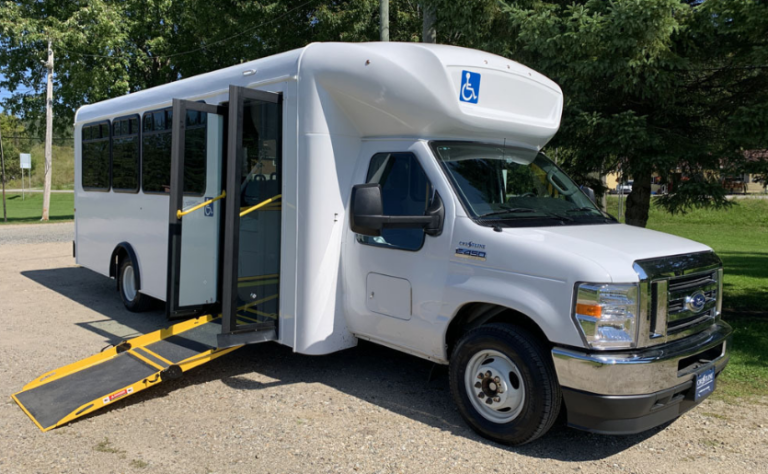Proper maintenance of wheelchair ramps is essential for safe and smooth operation. Daily inspections by the transit agency can help identify any wear, damage, or abnormal conditions early. In addition to daily checks, more thorough preventive maintenance, including lubrication, must be performed by a Braun-authorized service representative at scheduled intervals based on usage or time.
BraunAbility RA300 Series ramps are designed with durable components like hardened pins and self-lubricating bearings to reduce wear and extend their lifespan. However, regular cleaning and the use of proper lubricants are necessary to prevent damage. Maintenance should be repeated every 750 cycles following the scheduled 1500-cycle maintenance. Ramps used in harsh conditions may need more frequent attention.
It’s important to stop using the ramp if any issues are detected or if proper maintenance has not been performed. Contact an authorized service technician to ensure the ramp is inspected and maintained to avoid any safety risks or further damage.

Maintenance and Lubrication Schedule
Cycle Counter: RA300 Series ramps are equipped with a cycle counter located in the pan weldment. This cycle counter allows the service technician to track the number of cycles.
At 750 cycles, make sure to regularly clean and lubricate key components of the ramp, such as inboard and outboard hinges, drive arm pivot pins, and the drive arm pivot shaft, using light oil. Inspect the drive arm pivot points and slots for wear or damage, and ensure all screws, nuts, and bearings are secure. Clean the ramp and its mounting area to prevent debris from obstructing operation. Cycle the ramp to observe its performance during deployment and stowing and inspect it for any signs of wear or abnormal conditions.
At 1500 cycles, inspect key components of the lift, including fold arms, pivot pin bearings, rollers, and handrails, for wear, damage, and proper operation. Check the Lift-Tite™ latch rollers, gas springs, and snap rings to ensure they are securely fastened and functioning correctly. Inspect the inner roll stop, locks, torsion springs, and handrails for any issues. Ensure microswitches are adjusted properly and the lift operates smoothly. Additionally, remove the pump module cover to inspect hydraulic hoses, fittings, and electrical components such as cables, relays, and fuses for wear, leaks, or damage.
At 4500 cycles, inspect the cotter pins, hydraulic fluid level, and the hydraulic system for leaks or contamination. Check cylinders, fittings, parallel arms, bearings, pivot pins, and mounting bolts for wear, damage, or secure attachment. Additionally, inspect the platform pivot pins, fold arms, saddle support, gas springs, saddle bearings, and vertical arms for proper function and condition. Ensure the power cable, mounting, decals, and antiskid surfaces are in good condition and properly secured.
Repeat all previously listed inspection, lubrication and maintenance procedures at 750 cycle intervals.
Maintaining your wheelchair ramp is crucial for ensuring the safety and accessibility of your passengers. Regular inspections and timely maintenance prevent unexpected breakdowns, reduce the risk of accidents, and ensure smooth operation. By addressing issues before they become major problems, you minimize costly last-minute repairs and downtime, keeping your bus reliable and efficient for all passengers. Prioritizing maintenance ensures that your ramp is always in top condition, providing safe and dependable service for everyone on board.




